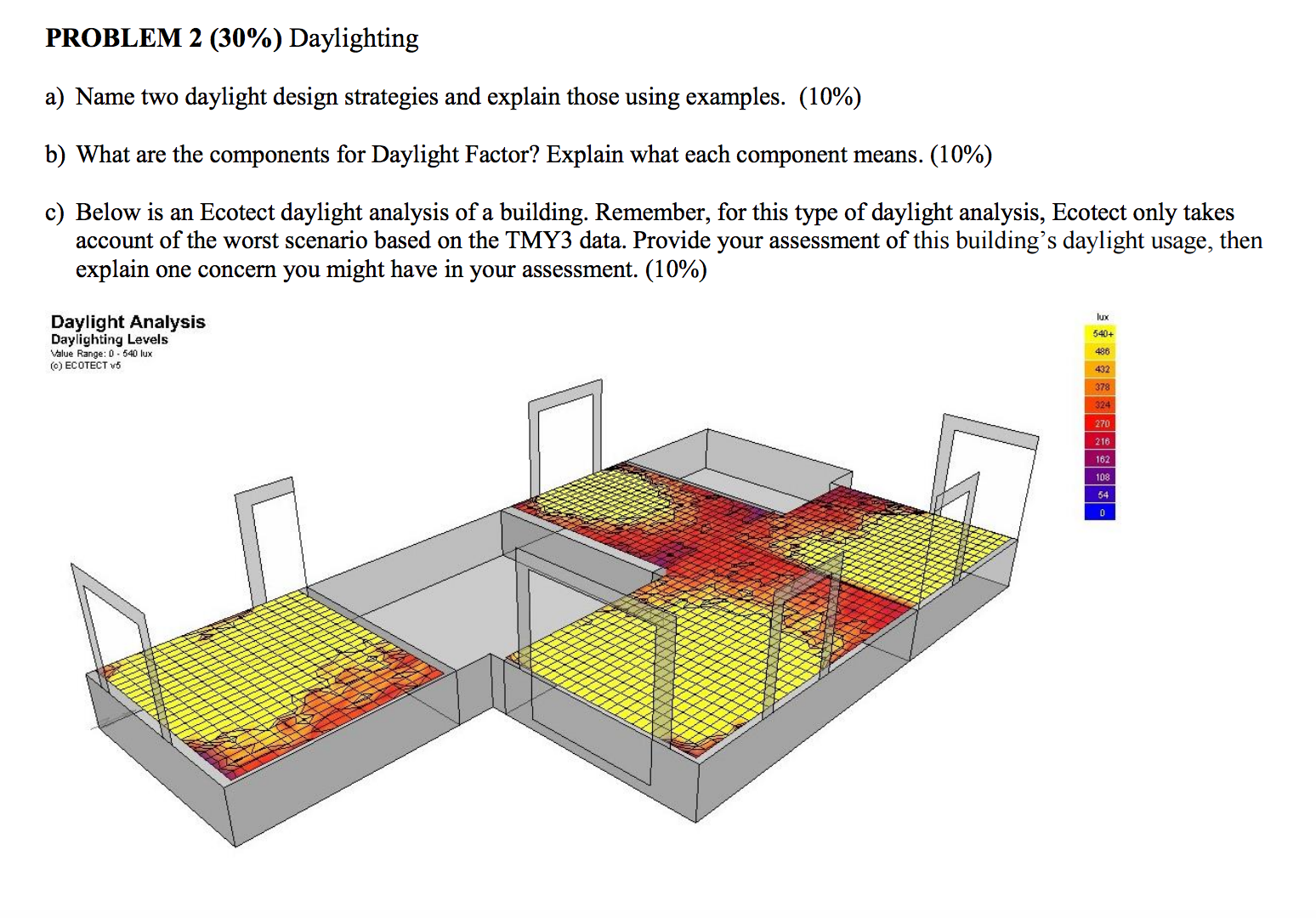In an age where sustainable design and energy performance tend to be more crucial as compared to ever, the function of daylight surveyors has gained impressive significance. Specialists concentrate in the way of measuring and analysis associated with natural light within just buildings and urban environments, providing important insights that affect everything from architectural design and style to urban organizing. By understanding how daylight enters plus impacts spaces, sunlight surveyors enable designers and builders in order to create environments that are not only aesthetically satisfying and also functional in addition to energy-efficient.
Daylight surveys not really only boost the high quality of indoor environments but also lead to occupant wellbeing, which is why they are concidered an essential element of modern building practices. With typically the growing emphasis on sustainable development and green certifications, the particular insights gained by these surveys perform a key position in promoting healthier dwelling and working areas. Even as we explore typically the art and influence of daylight surveyors, you will delve straight into the various facets of their work, featuring the benefits involving daylight assessments and even the innovative approaches shaping the upcoming of this crucial field.
The Importance of Daylight Surveys in Building Design
Daylight surveys participate in a crucial function in the constructing design process by simply assessing how normal light treats a new proposed structure. Knowing the amount plus quality of daylight that will get to place to place within a building is crucial intended for creating comfortable in addition to functional spaces. By using daylight simulations and even analysis, architects are able to promise you that that their patterns optimize natural light, reducing reliance upon artificial lighting and enhancing the general aesthetic appeal associated with the interior.
Incorporating daytime surveys early in the design phase enables designers to identify potential issues relevant to light submission. This proactive method not only tackles challenges such as overshadowing but furthermore empowers architects to be able to make informed decisions about building positioning, window placement, in addition to façade design. Finally, thoughtful consideration of daylight can prospect to innovative options that maximize mild while minimizing vitality consumption, adding to a lot more sustainable building methods.
Furthermore, the importance associated with daylight surveys stretches beyond aesthetics in addition to energy efficiency. Scientific studies have shown of which natural light substantially impacts occupant well being, including mood, production, and overall wellness. By prioritizing daylit environments, building designers can produce spaces of which support the actual and psychological requirements of their occupants, rewarding the idea that good style goes hand inside hand with man experience.
Top Benefits associated with Daylight Surveys for Energy Efficiency
Daylight online surveys play a crucial role in improving energy efficiency in buildings. By evaluating the natural lighting available in an area, these surveys assist architects and creative designers optimize the placement of windows and openings. This tactical approach allows regarding the maximization regarding daylight, reducing the particular reliance on man-made lighting. Consequently, vitality consumption for lighting is decreased, resulting in significant cost personal savings with time.
Additionally, daylight research contribute to the overall heat performance of properties. By understanding precisely how sunlight interacts with typically the structure the whole day in addition to across different seasons, designs can combine elements like covering devices or heat mass. These capabilities not only maintain comfortable indoor temperatures but also lessen the necessity on heating and cooling methods. This integration brings about lower energy bills and a lowered carbon footprint.
Finally, typically the insights gained by daylight surveys support compliance with power efficiency standards and even green building qualifications. As regulations become increasingly stringent, demonstrating effective daylight utilization can enhance a new building's environmental credentials. Meeting these criteria not only helps inside reducing operational fees but also increases marketability, appealing to environment friendly tenants and even buyers. Thus, Daylight Assessment Ireland are a great indispensable tool with regard to promoting energy-efficient constructing practices.
The Function of Daylight Surveyors in Sustainability
Daylight surveyors play a crucial position in promoting sustainability within the developing sector. By examining sun light availability and its influence on style, they help designers and developers produce spaces that optimize daylight use. This specific not only decreases the reliance about artificial lighting yet also significantly reduces energy consumption, aligning with global energy efficiency targets. Combining daylight assessment early in the style process fosters environmentally friendly practices that deal with both environmental issues and occupant ease and comfort.
The mixing of daylight online surveys in urban planning is essential for maximizing green creating certifications such because LEED and BREEAM. Daylight surveyors offer valuable insights that will ensure new developments meet stringent sustainability standards. Their expertise in evaluating daylight factors permits better planning decisions of which enhance the performance and livability involving urban environments. This kind of role is especially important in high-density developments, where balancing sun light access with regard to all properties can easily be challenging however vital for promoting healthier living problems.

In addition, daylight surveyors contribute to sustainable procedures by preventing concerns like overshadowing, which usually can affect border buildings and neighborhood spaces. By performing thorough assessments, these people help maintain some sort of balance between development and environmental ethics. Their work not merely supports the durability goals of person projects but also fosters a traditions of responsible growth that prioritizes typically the well-being of communities and the planet.
